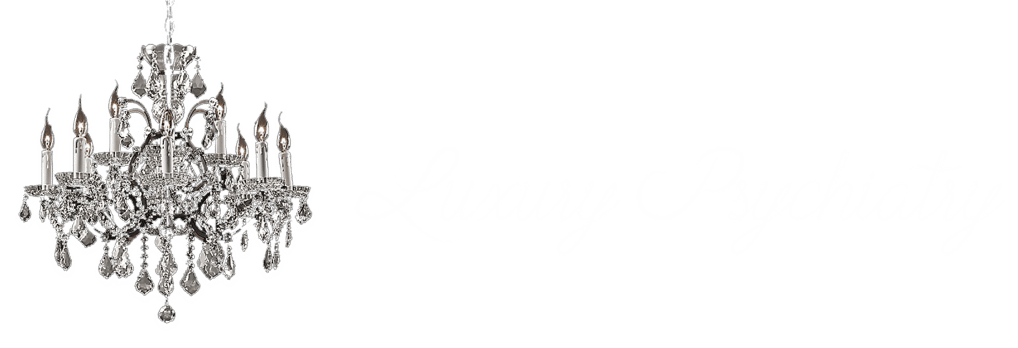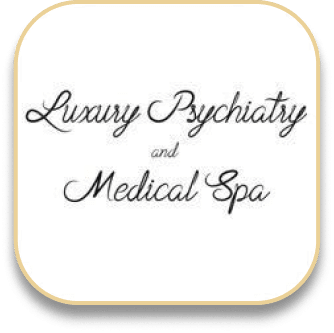Transcranial Magnetic Stimulation (TMS) therapy is a non-invasive treatment that uses magnetic fields to stimulate nerve cells in the brain, primarily used to treat depression and other mental health disorders. There are several types of TMS therapy, each with unique approaches and applications. The primary types include repetitive TMS (rTMS), deep TMS (dTMS), and theta burst stimulation (TBS).
Repetitive TMS (rTMS) is the most common form, where magnetic pulses are delivered to the brain in a repetitive manner. This method targets specific areas of the brain associated with mood regulation, usually the left dorsolateral prefrontal cortex. Deep TMS (dTMS) uses specially designed coils to reach deeper brain structures, potentially providing benefits for patients who have not responded to standard rTMS. Theta burst stimulation (TBS) is a newer, more time-efficient form of TMS that uses short bursts of high-frequency stimulation, which has shown promising results in clinical studies. Each type of TMS therapy offers distinct advantages, allowing treatment to be tailored to the individual needs of the patient.
How TMS Works
Transcranial Magnetic Stimulation (TMS) works by utilizing electromagnetic fields to induce electrical activity in specific areas of the brain. The process begins with a healthcare professional placing an electromagnetic coil against the patient’s scalp, usually near the forehead. This coil generates magnetic pulses that penetrate the skull and stimulate nerve cells in the prefrontal cortex, a brain region that plays a crucial role in mood regulation and is often underactive in individuals with depression.
The magnetic pulses used in TMS are similar to those used in magnetic resonance imaging (MRI) and are both safe and non-invasive. These pulses create small electrical currents that activate neurons in the targeted area, which can help to reset the brain’s activity patterns. Over the course of multiple sessions, this repeated stimulation can lead to long-lasting changes in brain function, thereby alleviating symptoms of depression. The exact mechanisms by which TMS exerts its antidepressant effects are still being researched, but it is believed to involve enhancing neuroplasticity and improving connectivity within the brain’s mood-regulating networks.
Types of TMS
Transcranial Magnetic Stimulation (TMS) comes in various forms, each designed to address specific needs and treatment protocols. The two primary types of TMS are repetitive TMS (rTMS) and deep TMS (dTMS).
Repetitive TMS (rTMS): This is the most common form of TMS therapy, involving repeated magnetic pulses delivered to the brain over a series of treatment sessions. The rTMS procedure typically targets the dorsolateral prefrontal cortex, an area implicated in mood regulation. Sessions are usually conducted five times a week over the course of several weeks, with each session lasting about 20-40 minutes. rTMS is widely used for treating major depressive disorder and has shown significant efficacy in reducing symptoms in patients who have not responded to traditional treatments.
Deep TMS (dTMS): Deep TMS uses specialized coils, known as H-coils, to reach deeper and broader brain regions compared to standard rTMS. This allows for the stimulation of larger and more complex neural networks involved in mood regulation and other psychiatric conditions. dTMS is often used to treat conditions beyond depression, such as obsessive-compulsive disorder (OCD) and certain anxiety disorders. The deeper penetration of the magnetic pulses can provide therapeutic benefits to patients who may not have responded to rTMS.
Theta Burst Stimulation (TBS): TBS is a newer form of TMS that delivers bursts of stimulation at a higher frequency in a shorter duration, providing a more efficient treatment option while maintaining effectiveness. TBS protocols typically last only a few minutes, making it a more time-efficient alternative to traditional rTMS. Despite the shorter treatment times, TBS has demonstrated similar efficacy in clinical studies, offering a promising option for patients seeking quicker treatment sessions without compromising on the therapeutic benefits.
All types of TMS are non-invasive and well-tolerated by patients, with minimal side effects. The choice between rTMS, dTMS, and TBS depends on the specific condition being treated and the patient’s response to prior treatments. By offering different approaches, TMS therapy can be tailored to meet the diverse needs of individuals seeking relief from mental health disorders.
When Should I Get TMS?
You should consider getting Transcranial Magnetic Stimulation (TMS) if you have been diagnosed with depression and have not found sufficient relief from traditional treatments such as antidepressant medications and psychotherapy. TMS is particularly beneficial for individuals who experience treatment-resistant depression, meaning they have tried multiple medications and therapies without significant improvement. Additionally, TMS may be an option if you prefer a non-invasive treatment with minimal side effects, or if you are unable to tolerate the side effects of medications. Consulting with a healthcare professional can help determine if TMS is the right choice for your specific condition and treatment history.
Common Side Effects of TMS
Transcranial Magnetic Stimulation (TMS) is generally considered a safe and non-invasive procedure with a low risk of mild side effects. While most patients tolerate TMS well, it is important to be aware of the potential side effects that may occur during or after treatment.
- Mild headaches or scalp discomfort
- Lightheadedness
- Tingling or twitching of facial muscles
- Discomfort at the stimulation site
- Rarely, seizures (especially in those with a history of epilepsy or other seizure disorders)
Most side effects of TMS are mild and temporary, often resolving shortly after the session or with over-the-counter pain relief. Severe side effects are rare, but it is crucial to discuss your medical history with your healthcare provider to minimize risks. Overall, the benefits of TMS in treating conditions like depression often outweigh these potential side effects, making it a viable option for many patients seeking alternative treatments.
How to Prepare for Your First Appointment
Preparing for your first Transcranial Magnetic Stimulation (TMS) appointment involves several steps to ensure a smooth and effective treatment experience. Here are some key steps to follow:
- Consultation: Schedule an initial consultation with a healthcare provider to determine if TMS is appropriate for your condition and to discuss your treatment goals.
- Medical History: Provide a detailed medical history, including any history of seizures, neurological conditions, and current medications.
- Medication Review: Discuss any medications you are currently taking with your provider to ensure they will not interfere with TMS treatment.
- Personal Items: Wear comfortable clothing and avoid wearing any metallic accessories, such as jewelry or hairpins, as these need to be removed before treatment.
- Transportation: Arrange for transportation to and from the clinic, especially for the first few sessions, until you know how the treatment affects you.
- Hydration and Nutrition: Stay hydrated and have a light meal before your appointment to prevent any discomfort during the session.
- Relaxation: Plan to arrive a few minutes early to allow yourself time to relax and mentally prepare for the session.
By following these steps, you can help ensure that your first TMS appointment goes smoothly and sets a positive foundation for your subsequent treatments.
Schedule Your First TMS Appointment Today
If you or a loved one is struggling with depression and traditional treatments have not provided the relief you need, Transcranial Magnetic Stimulation (TMS) could be the solution you’ve been searching for. This innovative and non-invasive therapy offers hope for those dealing with treatment-resistant depression, providing a safe and effective alternative to medications and psychotherapy. At Luxury Psychiatry Clinic, our experienced team is dedicated to helping you achieve better mental health and improved quality of life.
Don’t wait any longer to take control of your mental health. Schedule your first TMS appointment with Luxury Psychiatry Clinic today and embark on your journey towards a brighter, more balanced future. Contact us now to learn more about how TMS can benefit you and to book your initial consultation. Your path to recovery starts here.
